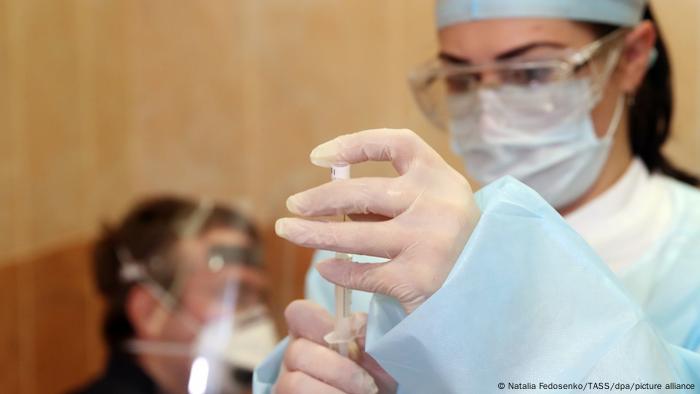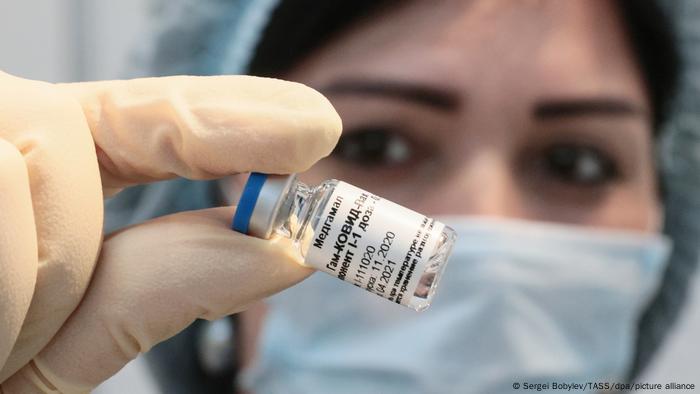TransAlta Corp. has completed the first of three planned coal-to-gas plant conversions, a major milestone for the Calgary-based company that says it is on track to be off coal entirely by Jan. 1, 2022.

The company announced Monday that it has completed the full conversion of Sundance Unit 5, the first of three planned boiler conversions from thermal coal to natural gas at its Sundance and Keephills power generation facilities near Wabamun.
In 2021, TransAlta will complete its second and third coal-to-gas conversions, with Keephills Unit 2 by mid-June followed by Keephills Unit 3 by mid-December. In addition, TransAlta is repowering its Sundance 5 unit into a highly efficient combined-cycle gas-powered facility, which is expected to come online at the end of 2023.
By the end of this year, TransAlta will end operations at its Highvale thermal coal mine west of Edmonton and will be exclusively generating with natural gas.
In total, TransAlta is investing approximately $1 billion to reduce greenhouse gas emissions from its Alberta fleet, CEO Dawn Farrell said in an interview. She said the company is on track to reduce its emissions by more than 70 per cent from 2005 levels by the end of 2022.
“The greenhouse gas emissions that you generate on gas is about half of what you generate on coal,” Farrell said. “If we were a country, we would have the No. 1 performance globally on our emissions reduction performance.”
In 2014, 55 per cent of Alberta’s electricity was produced from coal. The Alberta government announced in 2015, under Rachel Notley’s NDP, that it would eliminate emissions from coal power generation by 2030.
The province is now on track to meet that goal much sooner, thanks to accelerated phase-out plans by electricity producers. Edmonton-based Capital Power has said it will transition its two coal-fired units at its Genesee generating station to natural gas and will shift completely off of coal by 2023. ATCO Ltd. announced three years ago that it would convert to gas by the end of 2020.
Farrell said for TransAlta, the ambitious conversion time frame was driven largely by provincial and federal carbon policy that makes coal a liability. She said the company — which was able to finance the project with the help of a $750-million investment from Brookfield Renewable Partners — is now positioned to be a highly competitive provider of low carbon electricity for the market and its customers.
“A lot of investors are looking for companies that have strong environmental, social and governance (ESG) goals,” Farrell said. “On the environment side, investors see us reducing our greenhouse gas emissions, frankly, very quickly and very deliberately.”

Binnu Jeyakumar, an analyst with clean energy think-tank the Pembina Institute, called TransAlta’s completion of the Sundance Unit 5 conversion a “big deal.”
“This is the first step toward phasing out coal in Alberta by 2023, well ahead of the 2030 timeline that Alberta had put forward,” she said.
Jeyakumar said the rapid phase-out of coal is the fastest way to reduce greenhouse gas emissions from the electricity sector, and it also makes economic sense for companies.
“Forty-two per cent of coal plants across the world are running at a loss. Projections say that new wind and new solar will be cheaper than most existing coal plants by 2030,” she said.
While other jurisdictions have moved faster than Alberta to phase out coal — Ontario entirely eliminated coal-fired electricity generation in 2014, for example — Jeyakumar said Alberta’s rapid progress deserves praise because its electricity mix was so coal-heavy for so long.
“Coal was generating almost 50 per cent of our power for a very long time. So for a sector that was that dependent on coal to phase it out this quickly, I would say makes us among the front-runners,” Jeyakumar said.
astephenson@postmedia.com
Twitter: @AmandaMsteph





%20the%20Artist%20(picture%20credit%20-%20Emily%20Jarrett%20for%20the%20Ashmolean).jpg?f=16x9&w=500&$p$f$w=5bc3d04)







